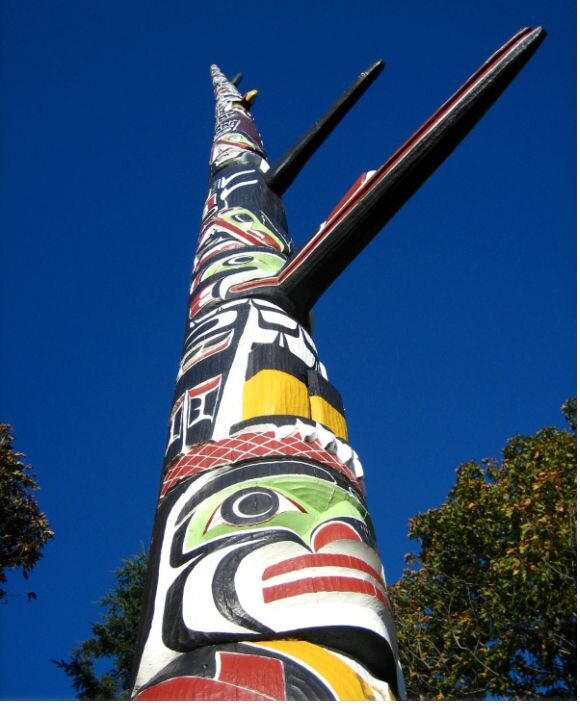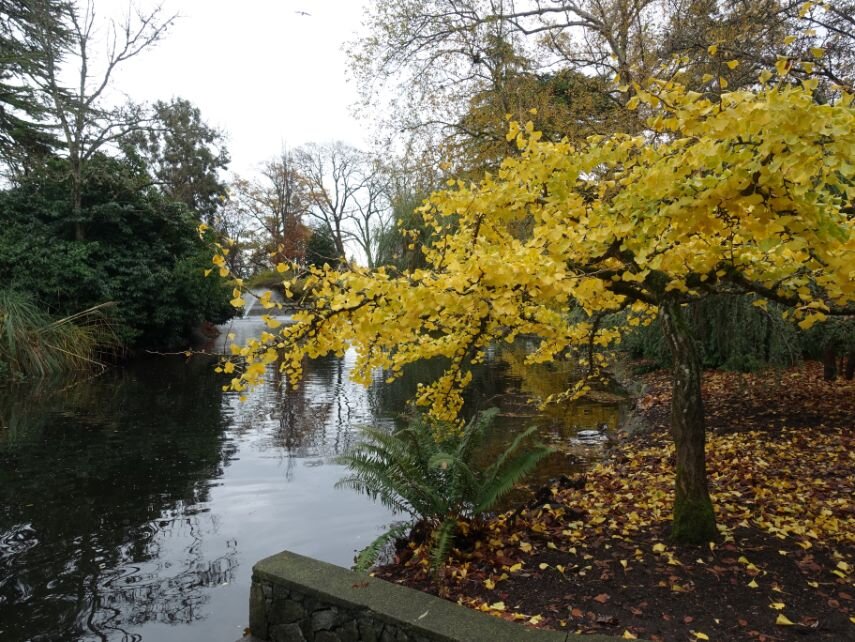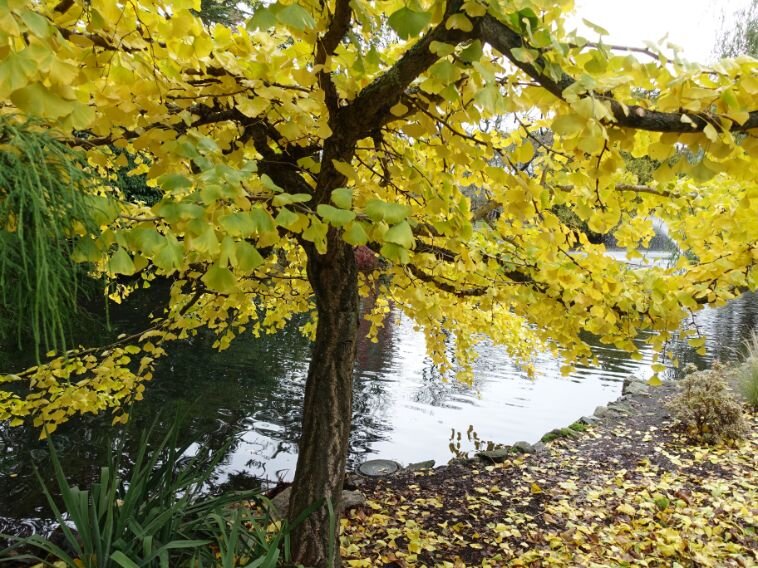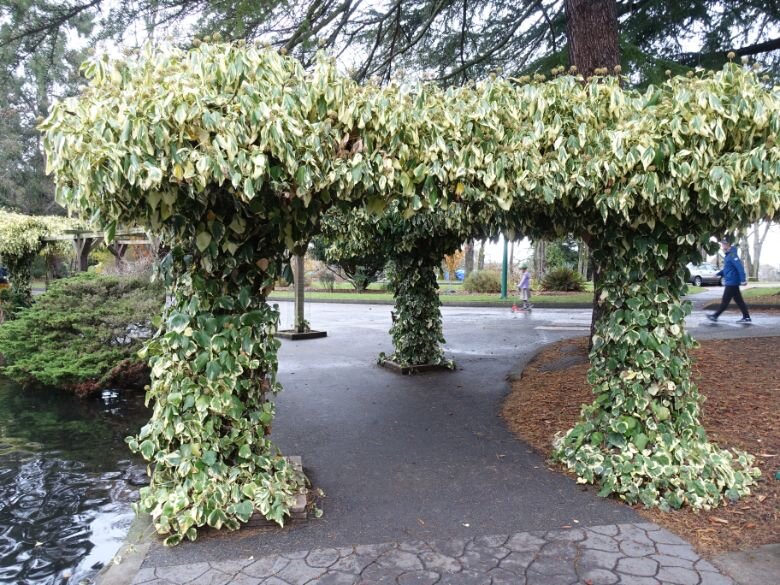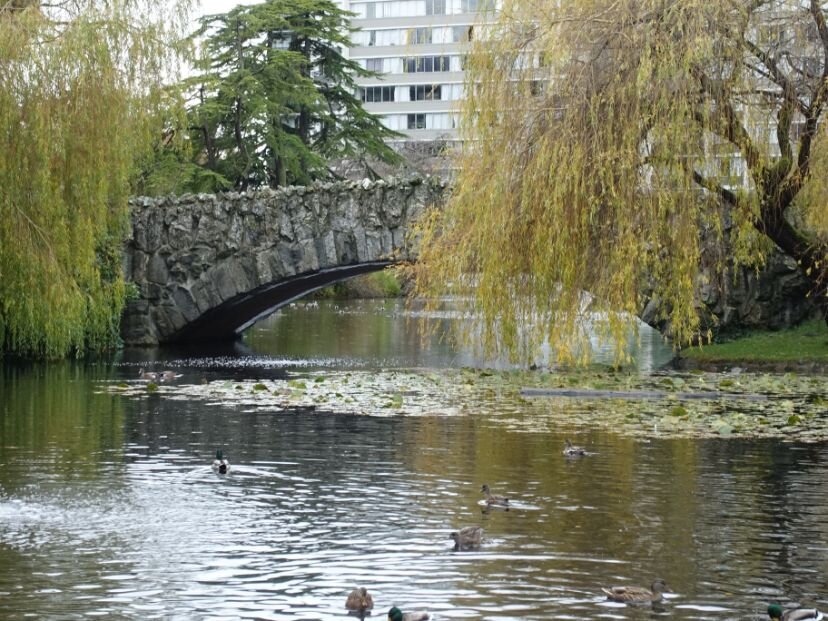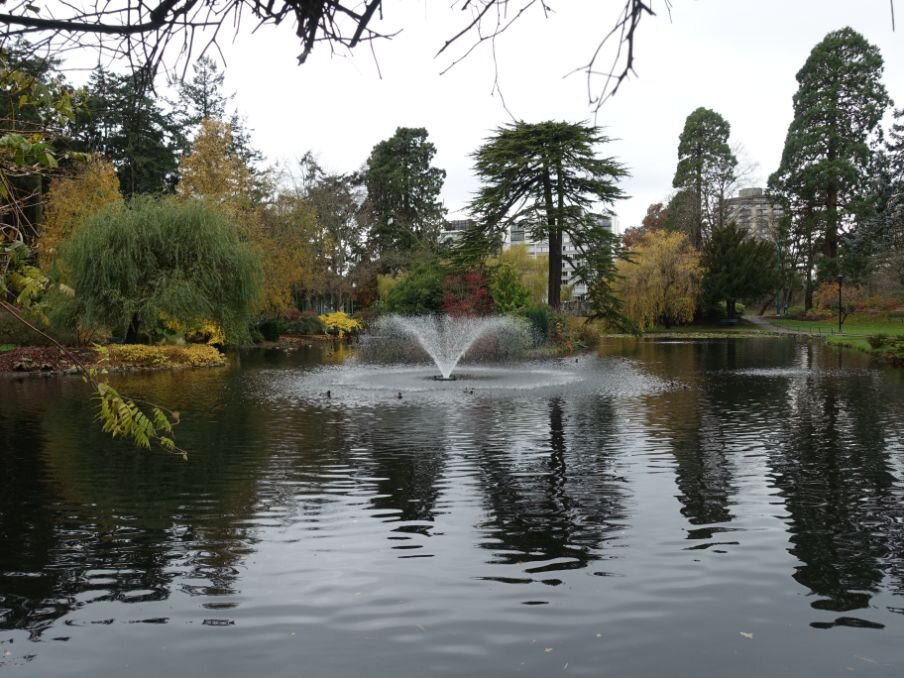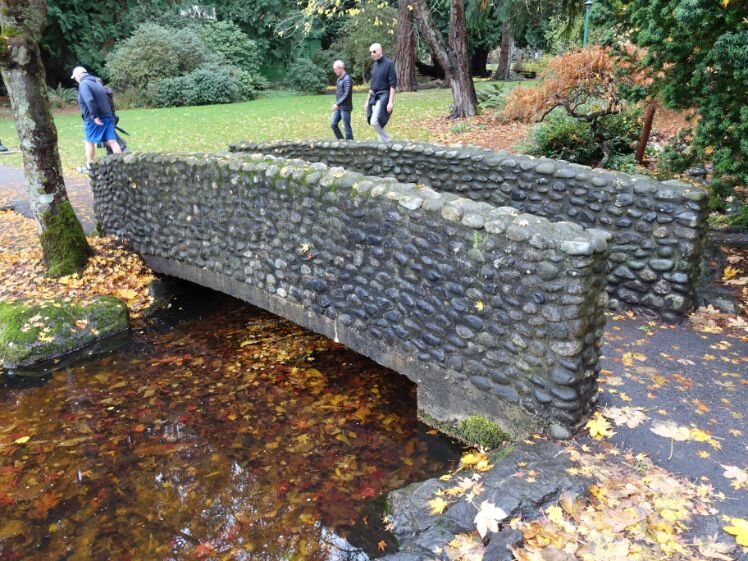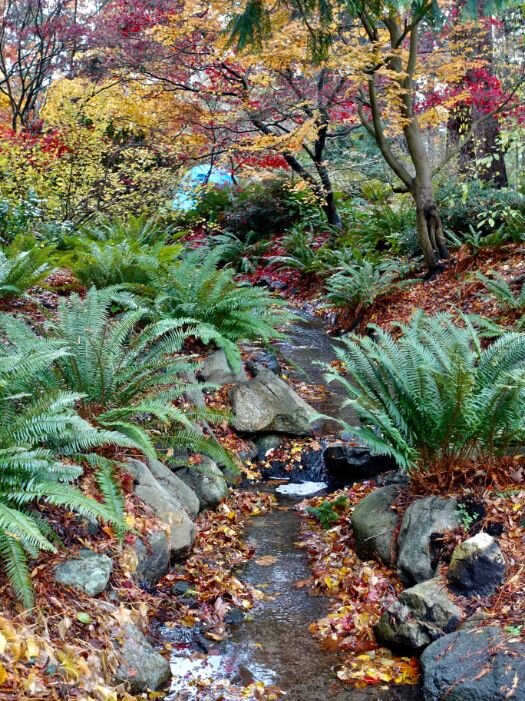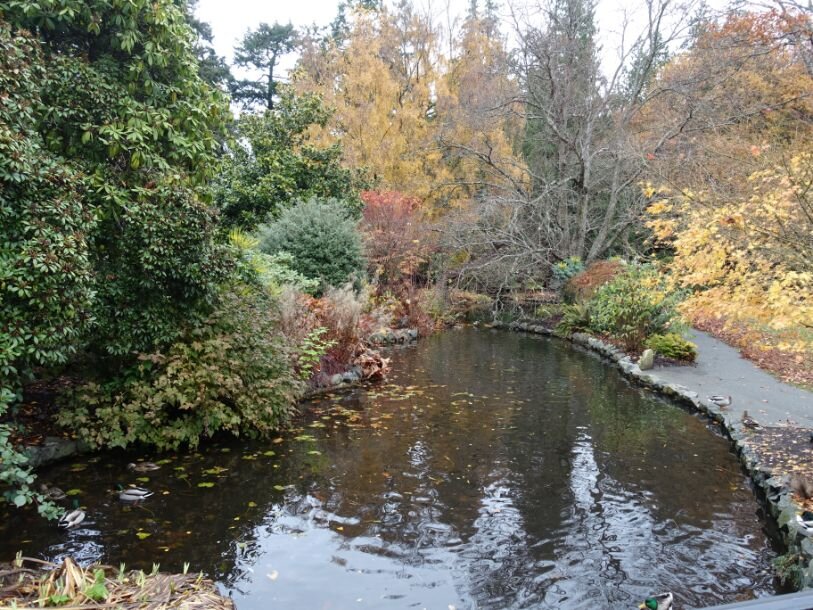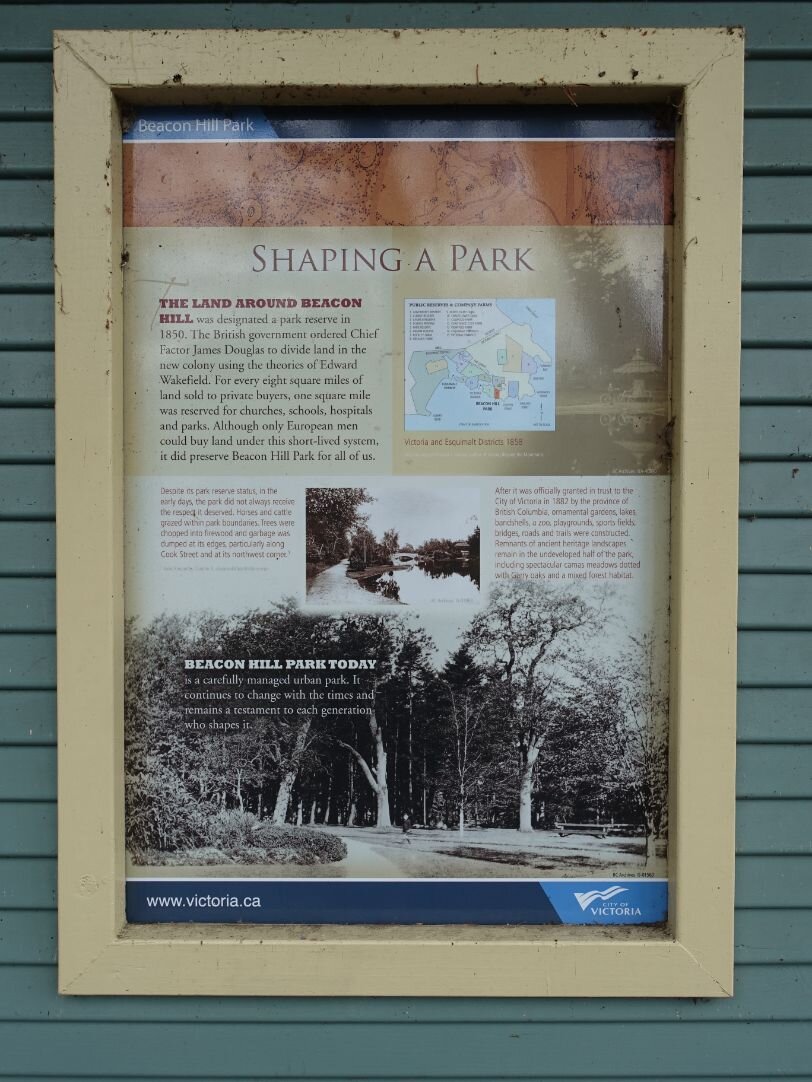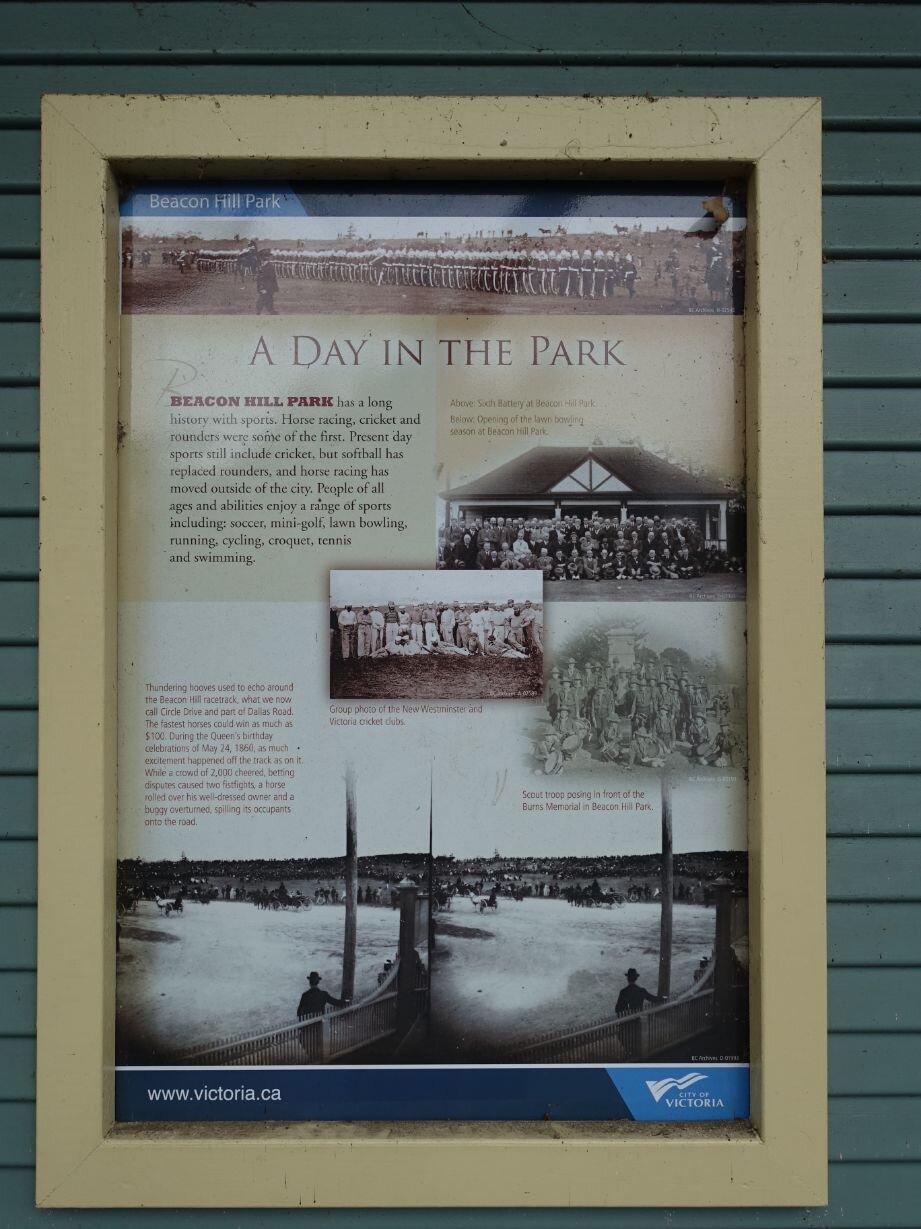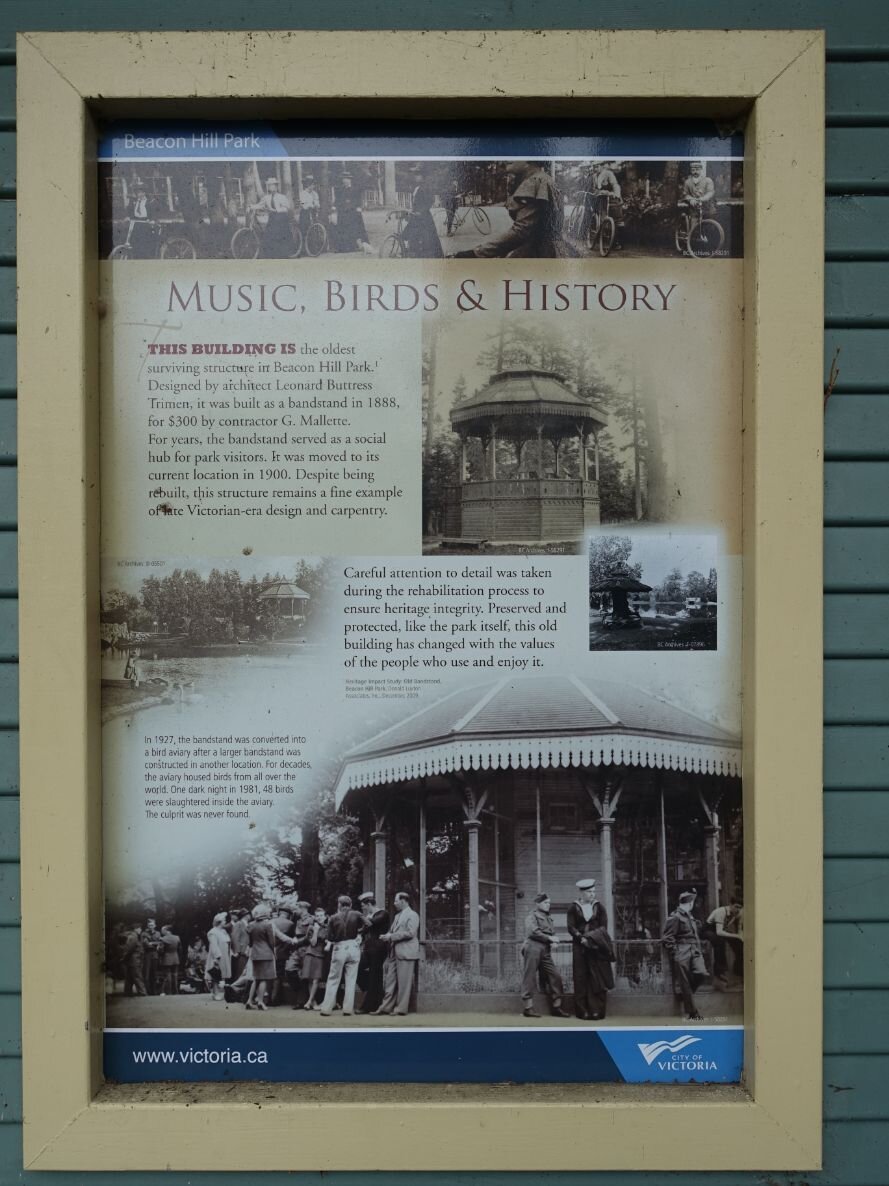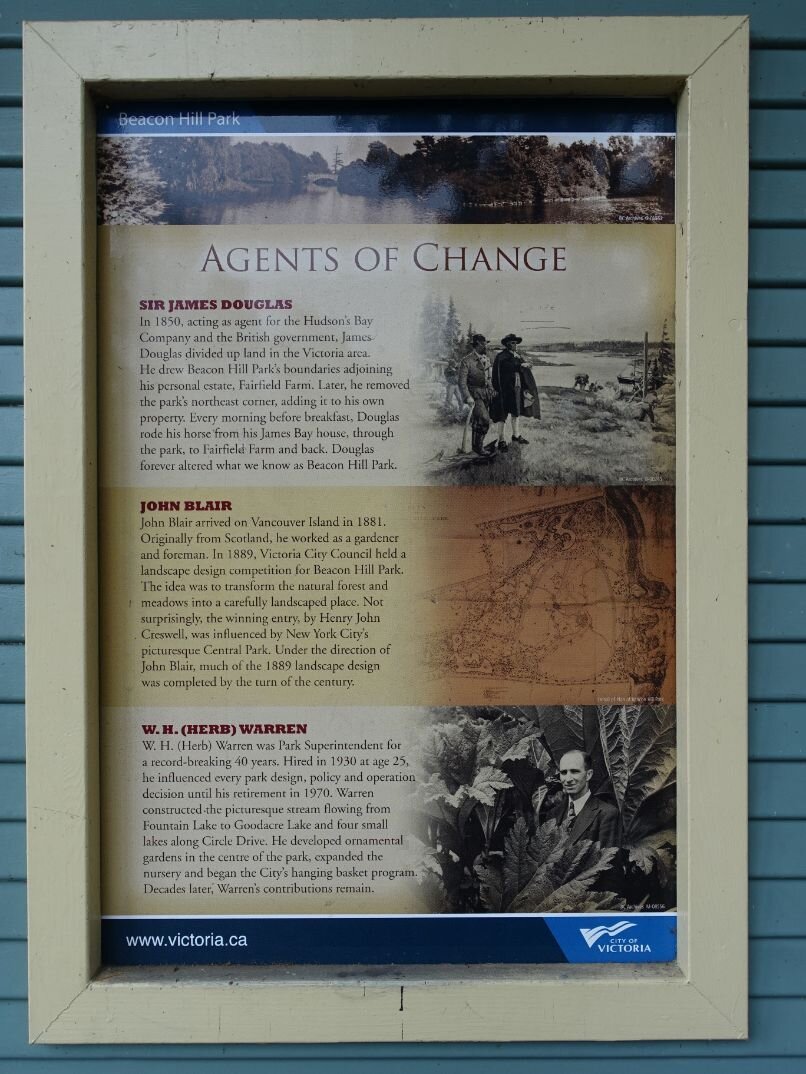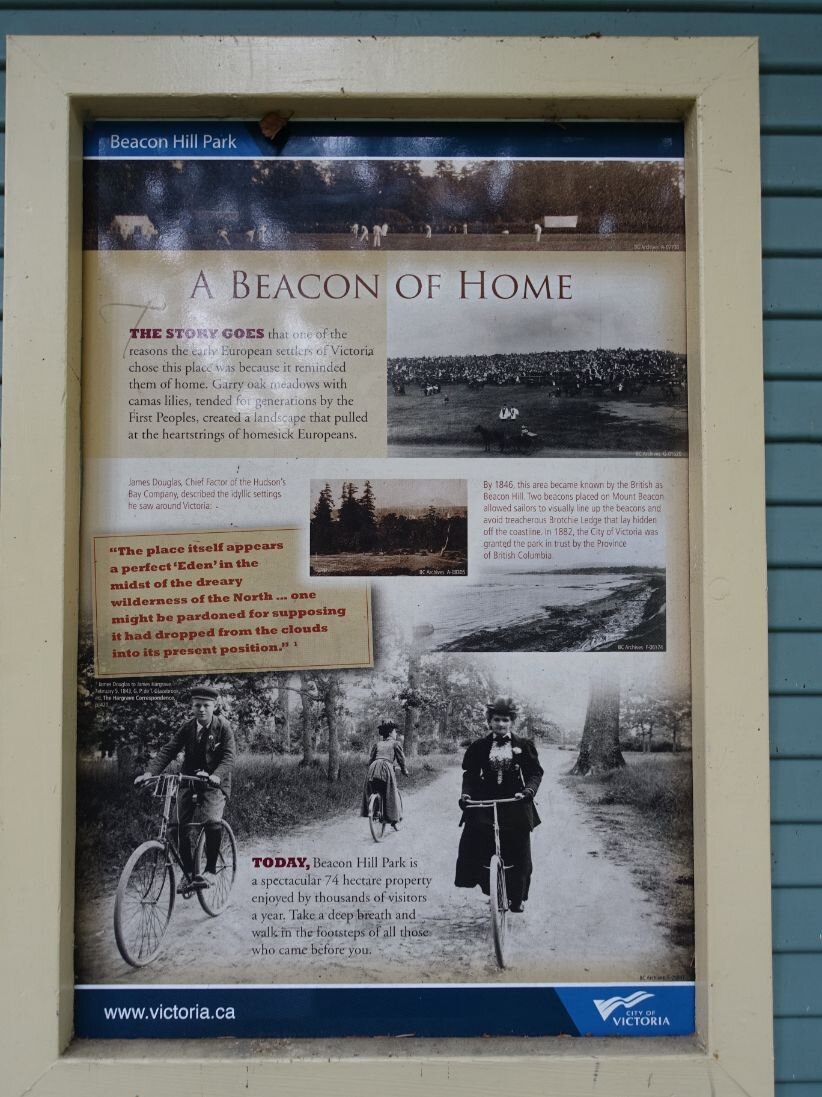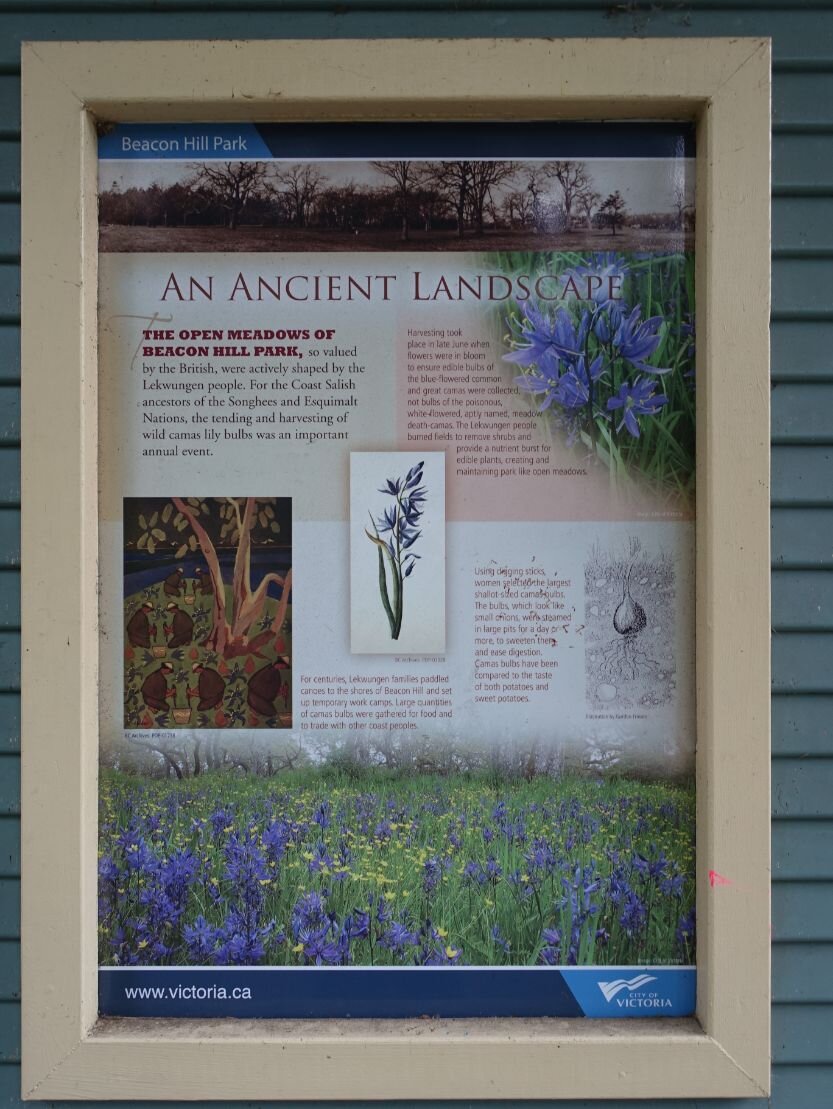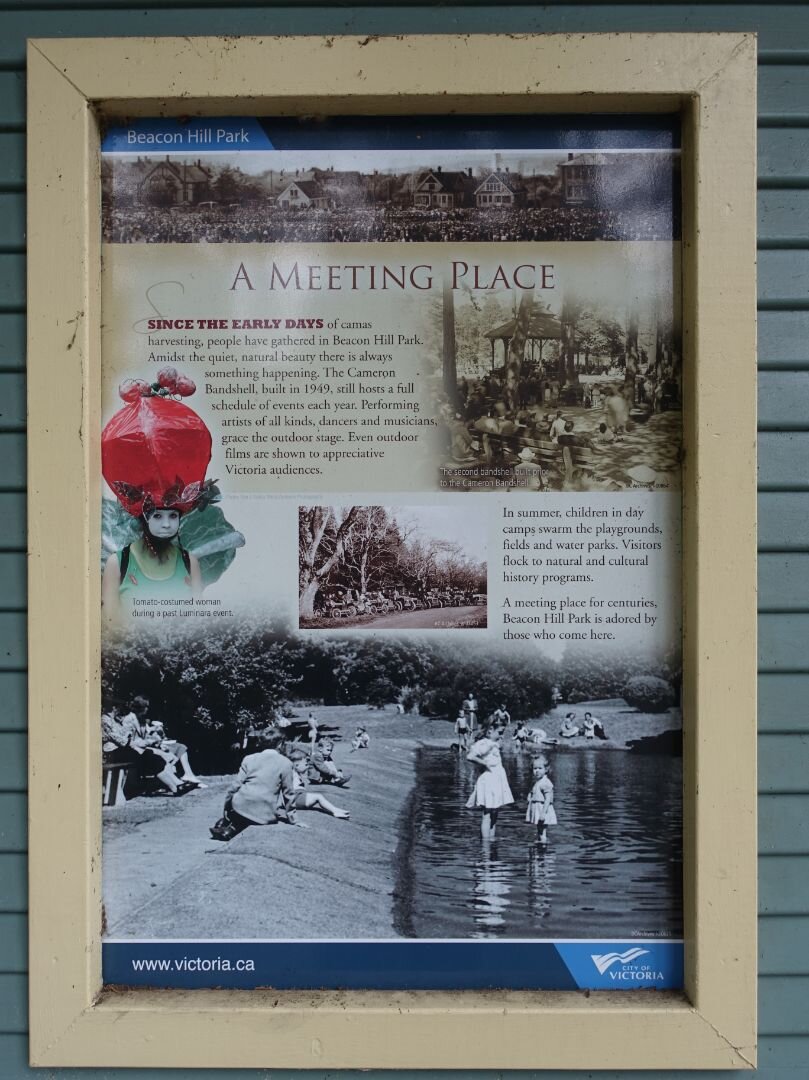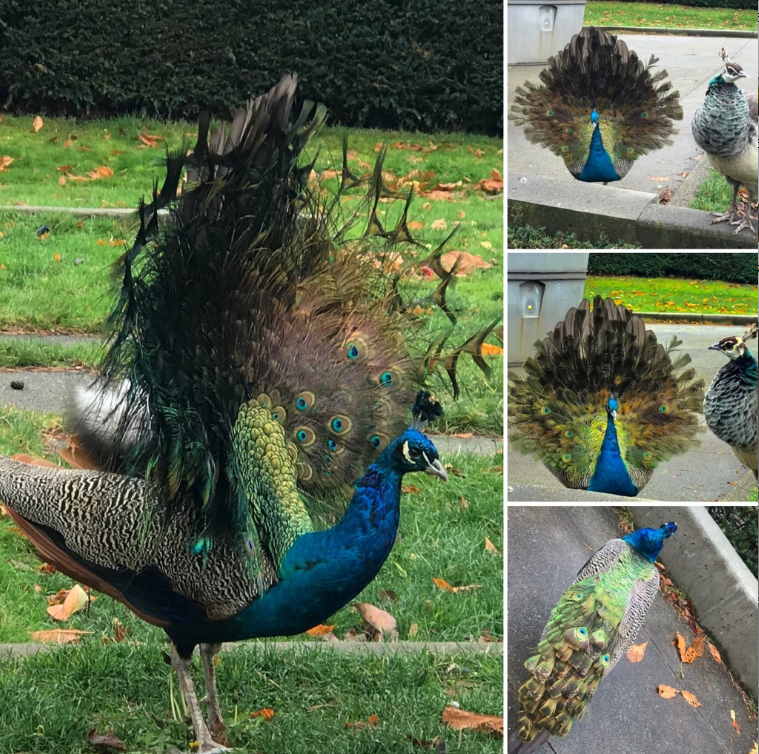Iconic Urban Parks: Victoria’s Beacon Hill Park
Great cities have iconic urban parks, places where locals and tourists mix and mingle. While Canada’s most famous urban park is probably Vancouver’s Stanley Park, or maybe Montreal’s Mount Royal Park, urban parks exist in most cities across Canada.
Parks – just like plazas, promenades and public spaces - are key to urban living. Without them, high-rise living becomes less attractive for most people. These public spaces are the front and backyards equivalents for urban dwellers.
Beacon Hill Park
On our last visit to Victoria, I developed a better appreciation of Beacon Hill Park which like many North American urban parks, was inspired by New York City’s Central Park. Though Beacon Hill Park is not a huge park, one of its distinguishing features is a large hill in the middle of the park which allows you to look out over the city and the water. (it was used by sailors in the 18th century as a navigational guide. Hence the name “Beacon Hill Park.”)
Unfortunately, over the past few years, some cities’ urban parks have become home for the homeless – a sad reflection on our society.
Beacon Hill Park is home to “Moss Lady” a giant sleeping woman constructed in 2015 by artist Dale Doebert, who was inspired by the “Mud Maid” in Cornwall, England’s Lost Garden of Heligan.
Beacon Hill Fun Facts
It was used by the Lekwungen People to cultivated camas (an asparagus-like plant native to North America) and other native plants for food, long before explorers and settlers arrived.
Though the land around Beacon Hill was designated a park reserve in 1850 by the British government, the actual park was not created until 1882 when the Province of British Columbia granted 75 acres (it has since been enlarged) to the City of Victoria. Today, Beacon Hill Park is a municipal heritage site.
It is “Mile 0” of the 8,000-km long Trans-Canada Highway.
It is home to the Garry oak ecosystem, one of Canada’s rarest and most endangered system.
It has many amenities - cricket pitch, golf putting green, lawn bowling greens, baseball diamond, tennis courts, two playgrounds, two spray parks, petting zoo (currently closed due to COVID), rose garden, Garry Oak meadows, bandshell stage and numerous picnic areas.
It is home to the world’s fourth-tallest totem pole (127ft) carved by Kwakwaka’wakw artist Mungo Martin in 1956. (Note: It was the world’s tallest at the time when it was carved.)
The pebble stone bridge over the stream between Goodare Lake and Fountain Lake in 1945 has paid tribute to Victoria-born and iconic Canadian artist, Emily Carr.
Public Information Kiosk
Beacon Hill’s first bandstand was built in 1888, the site was converted into an information kiosk in 2010. It is located next to the Stone Bridge, north of the Cameron Bandshell on a popular walking route.
It not only tells the history of the park, but also helps educates visitors about the flora and fauna of the park. It includes fun things like how the Petting Zoo got its start in 1889, with a pair of swans, some pheasants, six deer, an eagle, a bear and a wolf.
There is a short urban planning lesson i.e. back in the mid 1880s for every eight square miles of land sold for development, one square mile was reserved for churches, schools, hospitals and parks.
One panel is devoted to the key individuals who helped shape the park. For example, Sir James Douglas, in 1850 acting as agent for the Hudson’s Bay Company and British Government drew up the boundaries for the park which – conveniently - was adjacent to his personal estate, named “Fairfield Farm.”
John Blair, a gardener who worked with Henry John Creswell the landscape architect in 1889 to create the design for the park. And Herb Warren who served as Victoria’s Park Superintendent for 40 years (1930 to 1970).
I particularly enjoyed the panel titled “A Beacon Of Home” which tells some tidbit from the early settlers about the park. For example, one settler thought “The place itself appears a perfect ‘Eden’ in the midst of the dreary wilderness of the North…one might be pardoned for supposing it had dropped from the clouds into its present position.”
Last Word
Beacon Hill Park is lovely place to explore for an hour or two. Bring a lunch, sit and reflect, do some people watching or wander aimlessly. Unfortunately some of the areas of the park have become a more or less permanent campground for dozens of Victoria’s homeless, there is still lots of room to respect their privacy and enjoy the tranquility of the Mother Nature in this urban oasis.
Be sure not to miss the peacocks located near Simcoe St. entrance to the park. They love to pose for photos.
If you like this blog, you will like these links:
A Walk In The Park: Stanley vs Nose Hill


